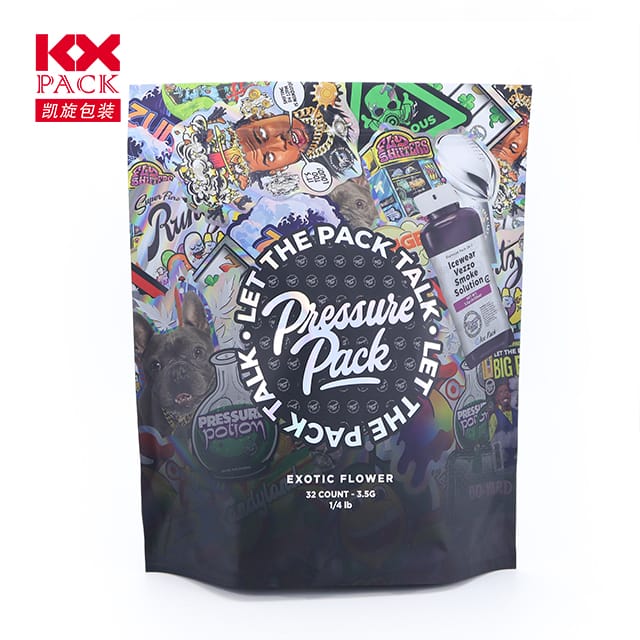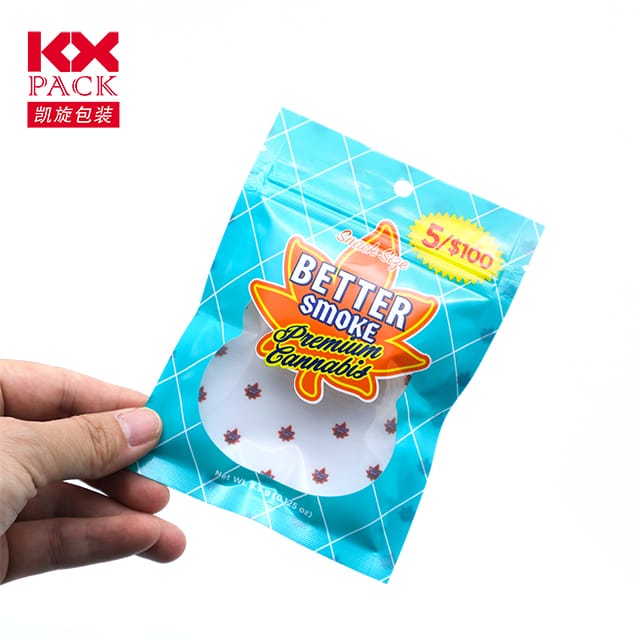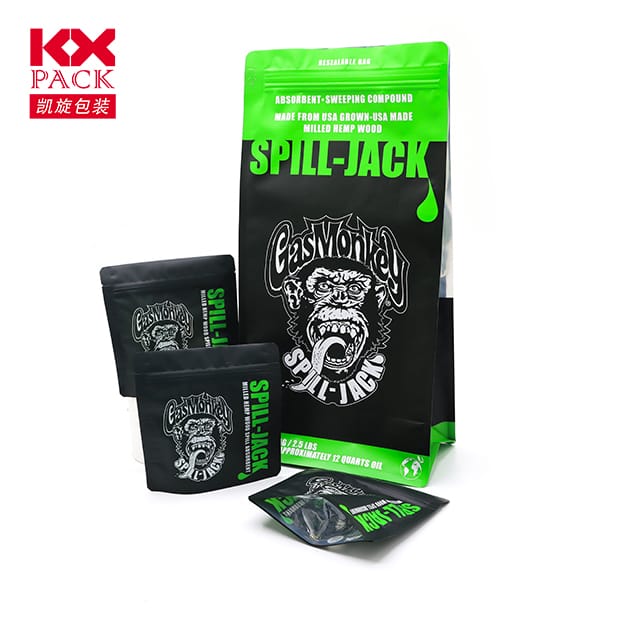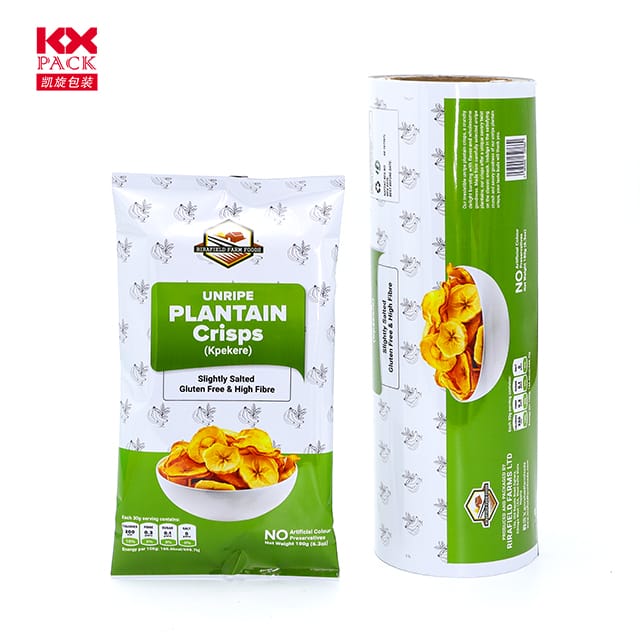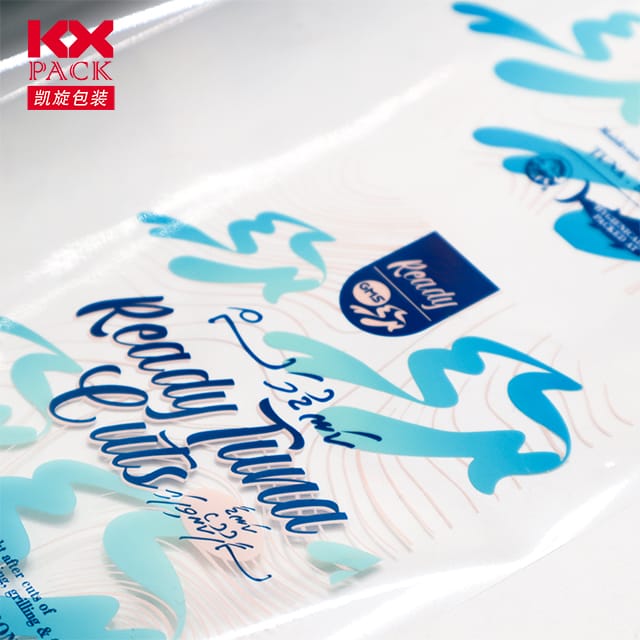塑料包装膜在现代行业的角色和创新5)
塑料包装膜
在当今快节奏的消费世界中, plastic packaging films are ubiquitous yet often overlooked. 从保护新鲜农产品到保存电子产品, 这些稀薄, 灵活的材料在保护产品中起着至关重要的作用, 延长保质期, 并减少浪费. 然而, 随着环境问题的关注, 该行业正在发展以平衡功能与可持续性. Let’s explore the science, 应用, and future of plastic packaging films.
What Are Plastic Packaging Films?
Plastic packaging films are lightweight, versatile materials made from polymers such as polyethylene (体育), 聚丙烯 (聚丙烯), 聚氯乙烯 (PVC), 或聚酯 (宠物). They can be transparent or opaque, single-layered or multi-layered, and engineered with additives for specific properties like UV resistance, 防潮层, or anti-static coatings.
主要特征包括:
- 灵活性: Adapts to irregular shapes (例如。, wrapping fresh meat or confectionery).
- 屏障特性: Prevents oxygen, 水蒸气, or odors from compromising products.
- 成本效益: Cheaper to produce and transport than rigid packaging.
- 可打印性: Supports branding with high-quality graphics.
Common Applications Across Industries
- 食物 & 饮料
- 新鲜农产品: Stretch films maintain freshness by reducing air exposure.
- 零食: Laminated films with aluminum layers block light and oxygen to prevent rancidity.
- Ready-to-eat meals: High-barrier films protect against contamination and extend shelf life.
- 药品
- 水泡包: Thermoformed films ensure tamper-evidence and precise dosage control.
- Medical devices: Sterile packaging films meet stringent hygiene standards.
- 消费品
- 电子产品: Anti-static films shield delicate components from electrostatic discharge.
- 化妆品: Multi-layered films combine moisture resistance with luxurious aesthetics.
- 工业的
- 托盘包装: Stretch films secure goods during transit, 降低损害风险.
- 建造: Protective films shield surfaces like glass or metal from scratches.
Environmental Challenges and Solutions
虽然塑料膜提供不可否认的好处, their single-use nature has raised alarms about pollution and landfill waste. The industry is responding with innovative solutions:
- 可生物降解和可堆肥膜
- 由植物基聚合物制成 (例如。, 聚乳酸, or PLA), 这些电影在特定条件下自然分解.
- 例子: PLA films used for fresh salads decompose in industrial composting facilities.
- 回收的内容电影
- 消费后回收 (pcr) materials reduce reliance on virgin plastics.
- Challenges include maintaining performance while incorporating recycled resins.
- 先进的回收技术
- Chemical recycling breaks down plastics into their original monomers for reuse, 实现无限回收循环.
- Companies like Eastman and BASF are investing heavily in this space.
- 更薄, Lighter Films
- Down-gauging reduces material use without sacrificing strength.
- 例子: High-performance polyethylene films that are 50% thinner yet stronger than traditional options.
The Future of Plastic Packaging Films
As regulations tighten (例如。, 欧盟的一次性塑料指令), 该行业正在朝着循环经济模型. 关键趋势包括:
- 智能电影: Embedded sensors monitor food freshness or product integrity in real time.
- 可食用的电影: Made from natural ingredients like starch or proteins, these films eliminate waste entirely.
- 可重复使用的系统: Brands like Loop are trialing durable, refillable containers lined with recyclable films.
消费者提示: 做出可持续的选择
- Look for certifications: Opt for films labeled “compostable” (例如。, OK Compost HOME) or “recyclable” (check local facilities).
- Reduce waste: Reuse packaging for storage or crafts before recycling.
- Support brands: Choose companies committed to sustainable packaging innovations.
结论: Striking a Balance
Plastic packaging films are indispensable in modern supply chains, but their environmental impact demands urgent action. 通过拥抱可生物降解的材料, recycling innovations, and smarter designs, the industry can protect both products and the planet.
What’s your take on plastic packaging films? Share your thoughts or questions in the comments below—let’s drive the conversation toward a greener future! 🌍📦
关键字: plastic packaging films, 可持续包装, 可生物降解的电影, 回收内容, 食品包装, industrial films.

